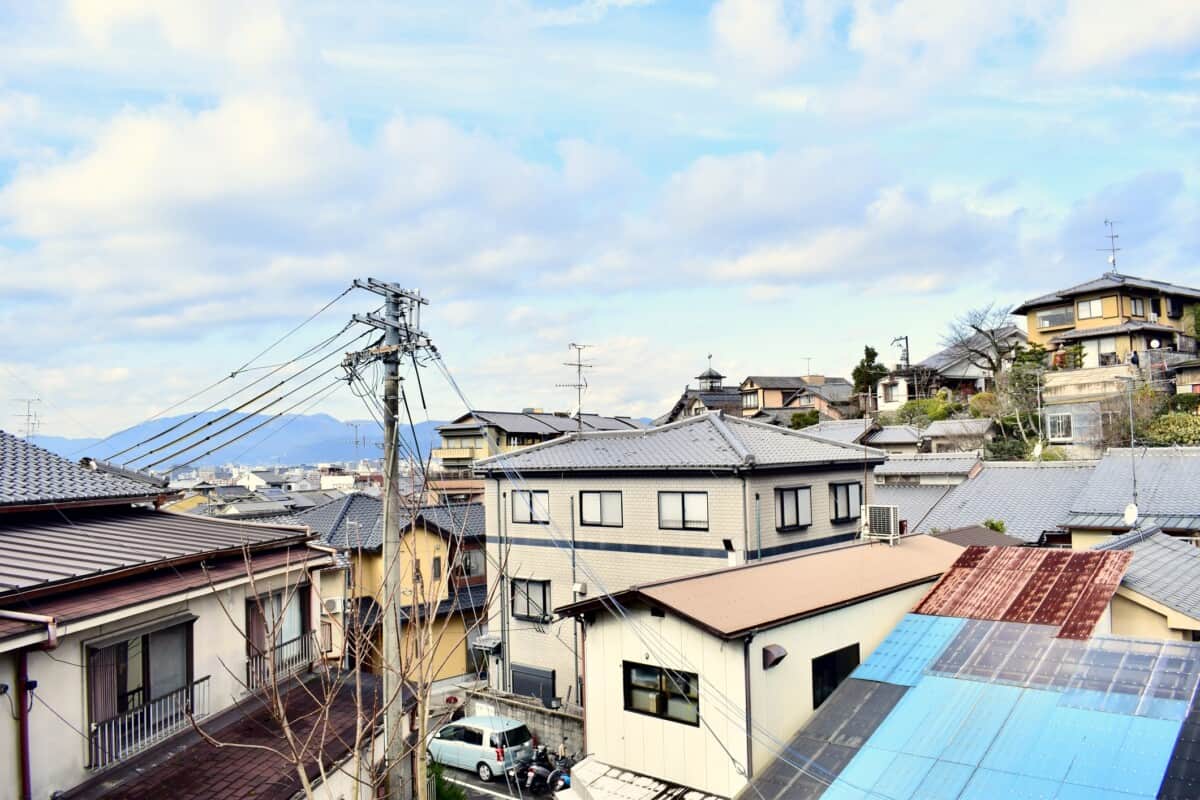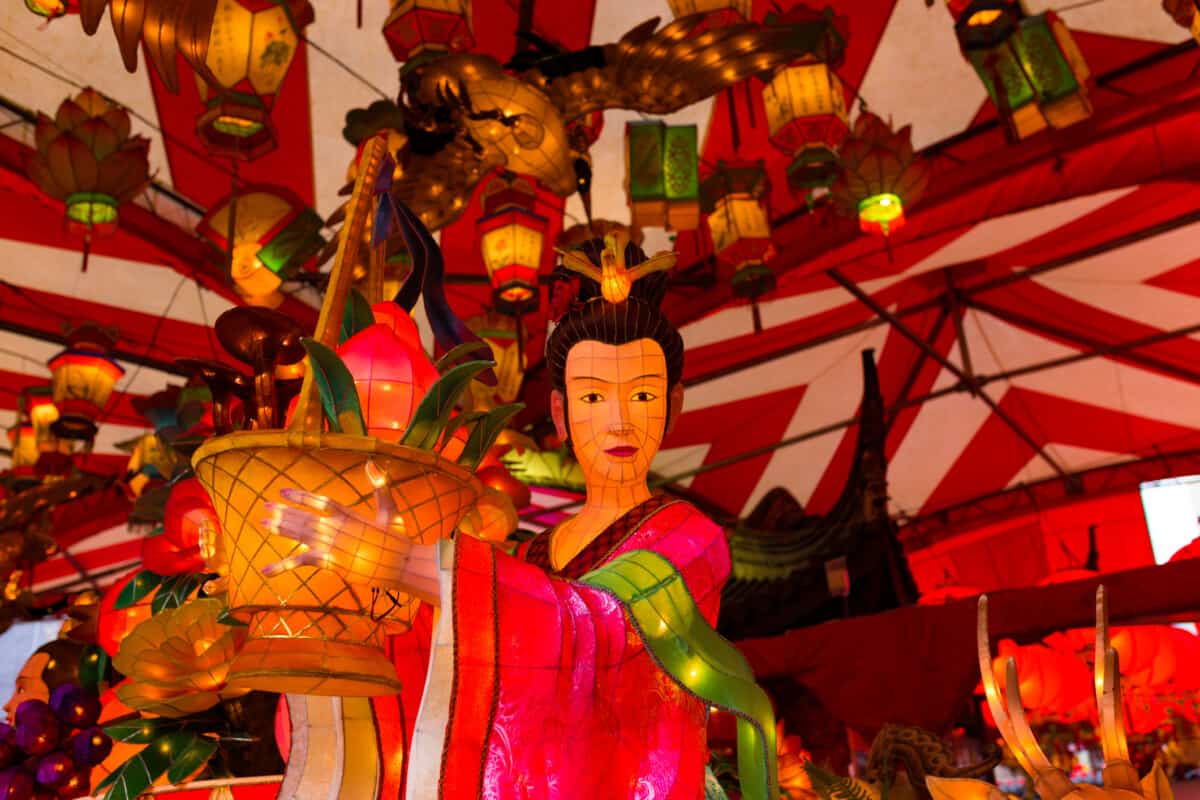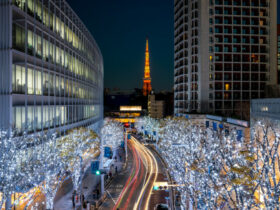Many of us know what it’s like to be stuck inside, as we’ve experienced it when we’ve been sick or recovering from an injury. Believe it or not, some people choose to live this way. This can be seen in Japan through hikikomori, a growing lifestyle in Japan for people who have made the choice to remain inside their homes.
The hikikomori lifestyle translated to being confined, which is only somewhat accurate to describe people who want to stay home and withdraw from their community or society in general.
The Hikikomori As A Hermit
A person who tends to stay home and has limited contact with the outside world is often referred to as a hermit. Hikikomori isn’t much different than the basic understanding of what a hermit is.
People living this lifestyle want to stay secluded within their homes. They also prefer to abstain from social interaction as much as possible.
This lifestyle has been studied by the medical and scientific community in Japan to further understand what might lead to someone wanting to live separated from the rest of the world.
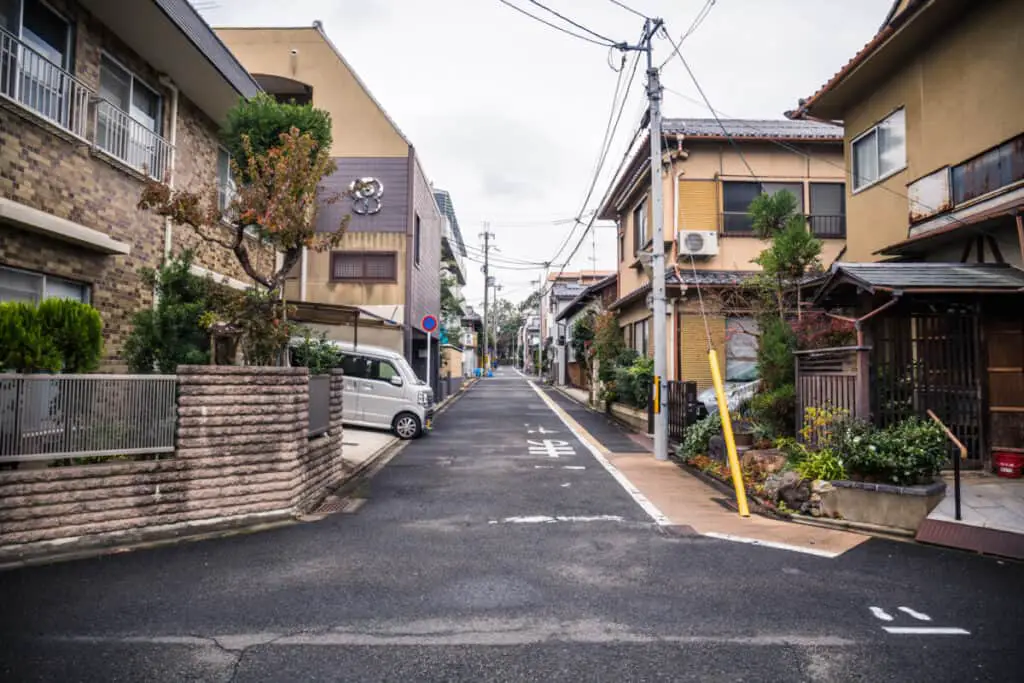
The Definitions Of Hokikomori
The term hikikomori has made its way into the Oxford Dictionary, and is defined there as “an abnormal avoidance of social contact.” The Japanese Ministry Of Health, Labor, and Welfare also recognizes hikikomori but has a much more detailed definition of what they classify it as.
The ministry describes someone living as a hikikomori as one who stays home in their parent’s house for a period of six months or more, while also avoiding others and avoiding leaving their home for any reason.
Why The Research Is Important
Having these clear definitions of hikikomori helps people recognize whether or not someone they know may be slowly shifting to start living a hikikomori life, while also providing some advice to those who wish to stop feeling as if they are trapped inside their homes.
It also allows there to be criteria in place to recognize the signs of this development, including slow withdrawal from outside commitments, or a reduction in attendance for school and work.
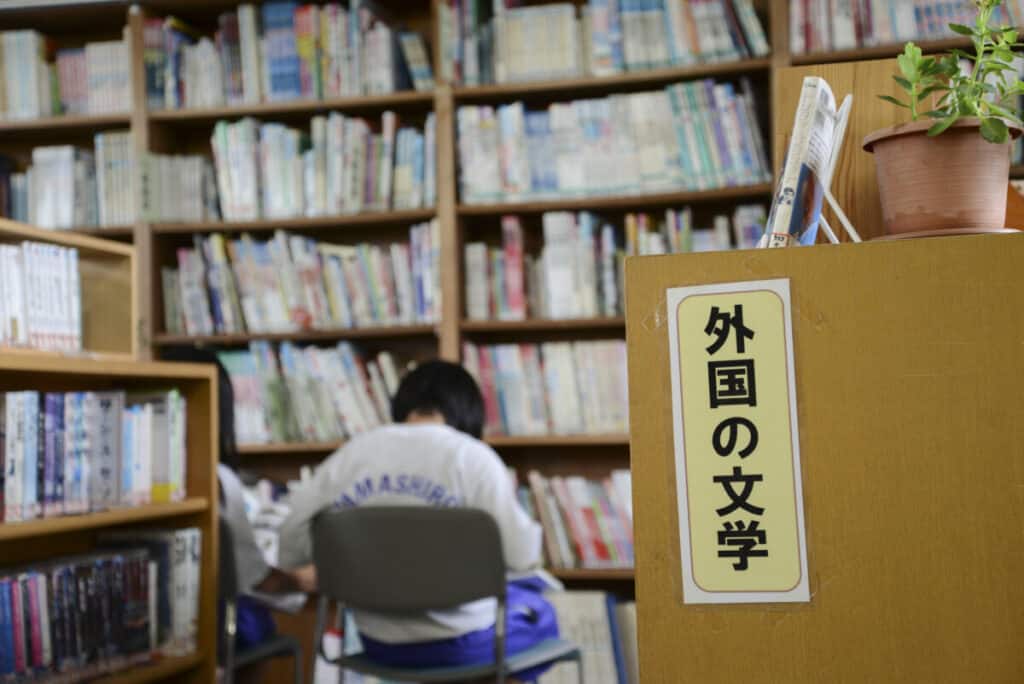
Furthermore, trends can now be seen in who is more at risk of developing this lifestyle. At this point, it’s more common in men, and ages range between adolescents to people in their early thirties.
Who Does Hikikomori Impact
Men experience a different form of pressure in Japan, as many have their lives planned out for them by their fathers.
It can be difficult for them to feel like they can express themselves, so they withdraw because they cannot handle the pressure of elevated expectations put on them.
How Common Hikikomori Is In Japan
It can be hard to know exactly how many people in Japan are living this isolated lifestyle, given that these people tend to keep to themselves. Estimates are that there are at least half a million people living this way, though the number could be closer to one million.
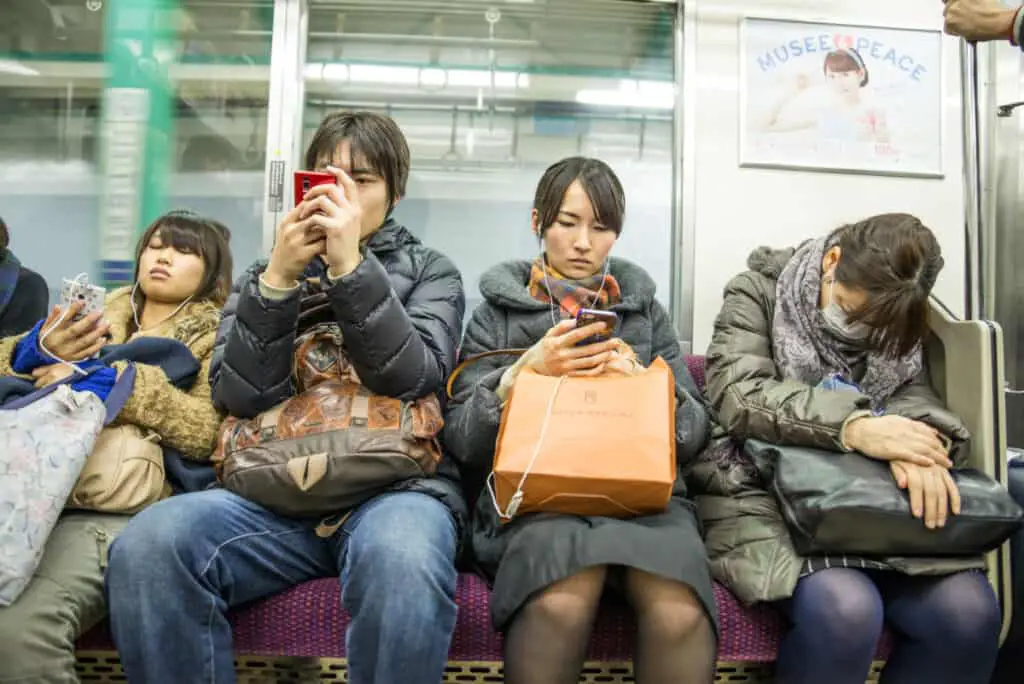
What Life Is Like Being Trapped At Home
People who choose this lifestyle, remain in their parents’ homes. It’s more common in households with middle-class incomes.
This type of life can lead to depression, which makes it more difficult to break the cycle. This lower mood can also lead some to become more shy and introverted, as well as prone to anger and bursts of volatile behavior.
Many people who fall into hikikomori have lived with some sort of socialization struggles, and may also have performed poorly in school. They can also have obsessive tendencies, such as getting deeply involved in a fandom or leisure activity such as video games.
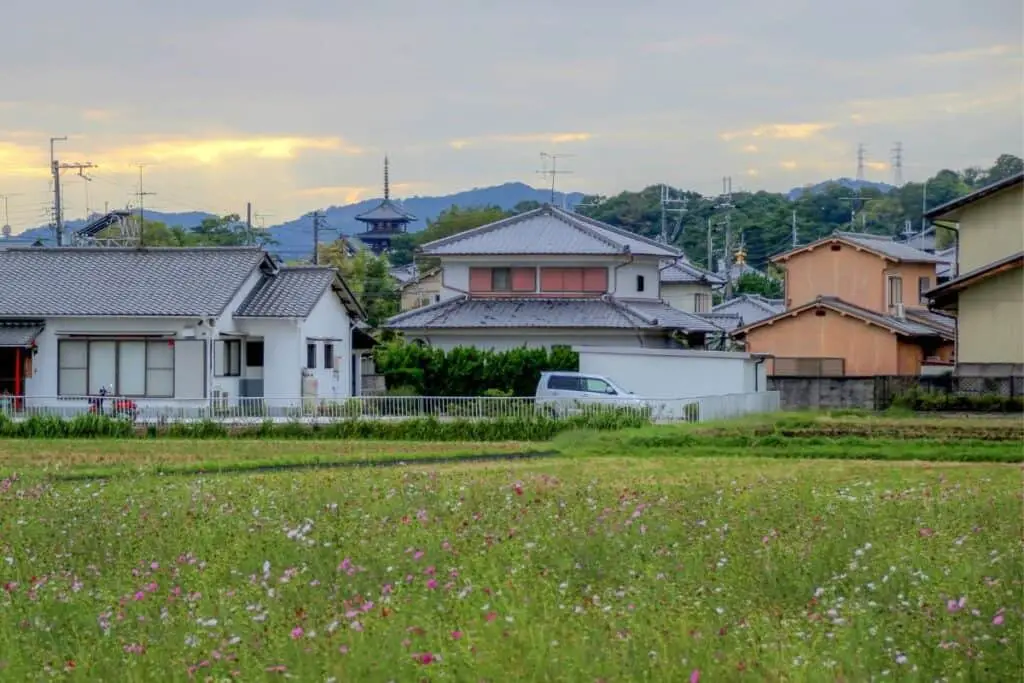
What Leads To Hikikomori?
There can be a lot of pressure in Japanese society to conform to one way of life, leading to people feeling insecure regarding their place in the world.
There is even a term for this type of pressure, known as sekenti, which also encompasses the need to keep up a certain type of reputation or make a good impression on someone.
Additionally, there is a lot of pressure in the education system in Japan to excel in studies. There isn’t a lot of flexibility in terms of alternative ways of learning or coasting through school.
As with any society, there are also issues such as peer pressure and bullying that can make it difficult for those who already struggle socially to feel as though they fit in.
The Japanese Family Structure
In Japanese culture, it’s not common to see children move out when they start college or become an adult. For women, they tend to move out when they get married.
For men, they might not move out unless they are getting married or starting a family. It’s also frowned upon for parents to make their children leave home outside of these circumstances.
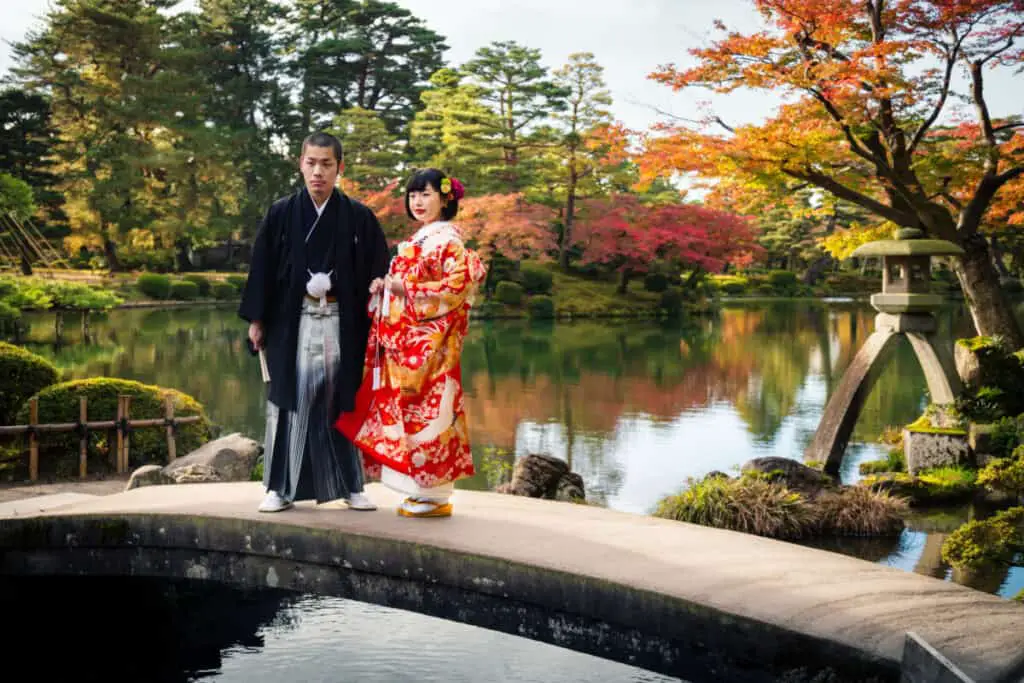
The Cycle Of Hikikomori
Given that the behaviors associated with hikikomori are so unlike what’s expected of people, there is a vicious cycle that occurs where the more someone steps away from society, the harder it is to try to get back in.
Even if people who have fallen into hikikomori want to go out and socialize, they may be too scared to for fear of how others might react to them. Some people will still access the internet and may communicate with people in a limited capacity using social media, forums, or interactive games.
With technology’s help, many people can live somewhat productive lives online, reducing the need for people to leave their homes.

How To Get Help With Hikikomori
Given that hikikomori can cause many to feel shame, it may be difficult for people living this way to seek out help. Hikikomori can also lead to many other mental disorders, such as depression, anxiety, and hoarding behaviors.
The current solution to try and help someone emerge from hikikomori is some form of therapy or counseling.
This is also combined with some type of slow exposure to new activities, such as taking phone calls or sitting outside for a few minutes, while gradually building up how much outside contact one has.

